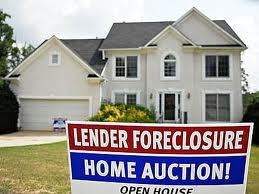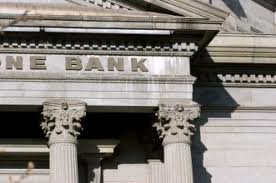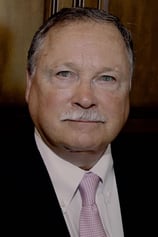If you are trying to buy a foreclosed property in California or a portfolio of REO properties in California, Blackburne & Sons is very interested in financing your purchase.
If you are buying a single foreclosed property or an REO in California, you may qualify for a bridge loan of up to 60% of the actual purchase price. The rate is typically 8.9%, and the loan fee is 3.5 points, for a one-year fix-and-flip loan. The maximum loan is $10 million, and these bridge loans have no prepayment penalty. We're sorry, but this program is ONLY available in California.
For more details on our California fix-and-flip loans, please email me, George Blackburne III, the founder and president, at george@blackburne.com. In the subject line of the email, please insert REO Loan Request, and please be sure to include your phone number and a brief description of your deal.
If you are buying a portfolio of foreclosed properties or REO's, our California line-of-credit program is very useful. You can use it to buy several REO's at a time, and as the properties sell off, you can re-use the line-of-credit to purchase more. The pricing is typically the same.
We're sorry, but this line-of-credit program is only available in California. Please take careful note - ONLY IN CALIFORNIA. We don't even know of another lender offering a similar line-of-credit program outside of California, so there is no point in applying.
For more details on our line-of-credit program for the purchase of California REO's, please email me, George Blackburne III, the founder and president, at george@blackburne.com. In the subject line of the email, please insert Line of Credit To Purchase REO's. Please be sure to include your phone number and a brief description of your deal.
| Are you an accredited investor? Where are you investing your IRA? Our first trust deed investments are yielding as high as 11% to 13%. Blackburne & Sons was founded over 30 years ago. |
| Is your commercial loan bankable? You can submit your commercial loan application to 750 different commercial lenders in just four minutes using C-Loans.com. And C-Loans is free! |
| Download a free list of commercial lenders for your state at CommercialLenders.com. |



 I received an interesting email this week from a mortgage broker who was pulling his hair out in frustration. Advance fee scammers keep conning his innocent borrowers into sending in large application fees for commercial mortgage loans - and then the scammers disappear without ever delivering the promised loan.
I received an interesting email this week from a mortgage broker who was pulling his hair out in frustration. Advance fee scammers keep conning his innocent borrowers into sending in large application fees for commercial mortgage loans - and then the scammers disappear without ever delivering the promised loan.
 Your legal questions regarding banking, lending laws, mortgage pools, REO (bank owned properties) and private placement memorandums will be addressed by one of the top real estate attorneys nationwide.
Your legal questions regarding banking, lending laws, mortgage pools, REO (bank owned properties) and private placement memorandums will be addressed by one of the top real estate attorneys nationwide. The responses I received were quite interesting.
The responses I received were quite interesting. "No. These deals do not have a snowball's chance in hell of funding."
"No. These deals do not have a snowball's chance in hell of funding."  "Look, our regulators are concerned about your commercial loan. We know your commercial real estate loan is current right now, but the vacancy rate for commercial space in your area is pretty high. Here's what we're going to do. Right now you owe us $5 million. If you pay us off in the next 90 days, we'll accept just $3.5 million."
"Look, our regulators are concerned about your commercial loan. We know your commercial real estate loan is current right now, but the vacancy rate for commercial space in your area is pretty high. Here's what we're going to do. Right now you owe us $5 million. If you pay us off in the next 90 days, we'll accept just $3.5 million." The buyer was prepared to put 25% down and was seeking a loan of 75% LTV to buy a former nursery in order to grow legal, medical marijuana.
The buyer was prepared to put 25% down and was seeking a loan of 75% LTV to buy a former nursery in order to grow legal, medical marijuana. The Federal government is a huge employer, and government employment is growing.
The Federal government is a huge employer, and government employment is growing. 
